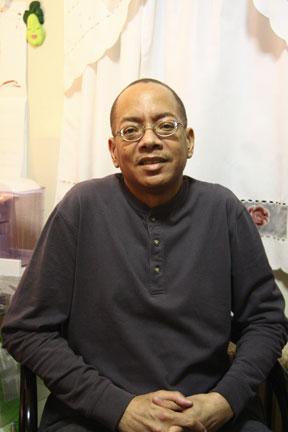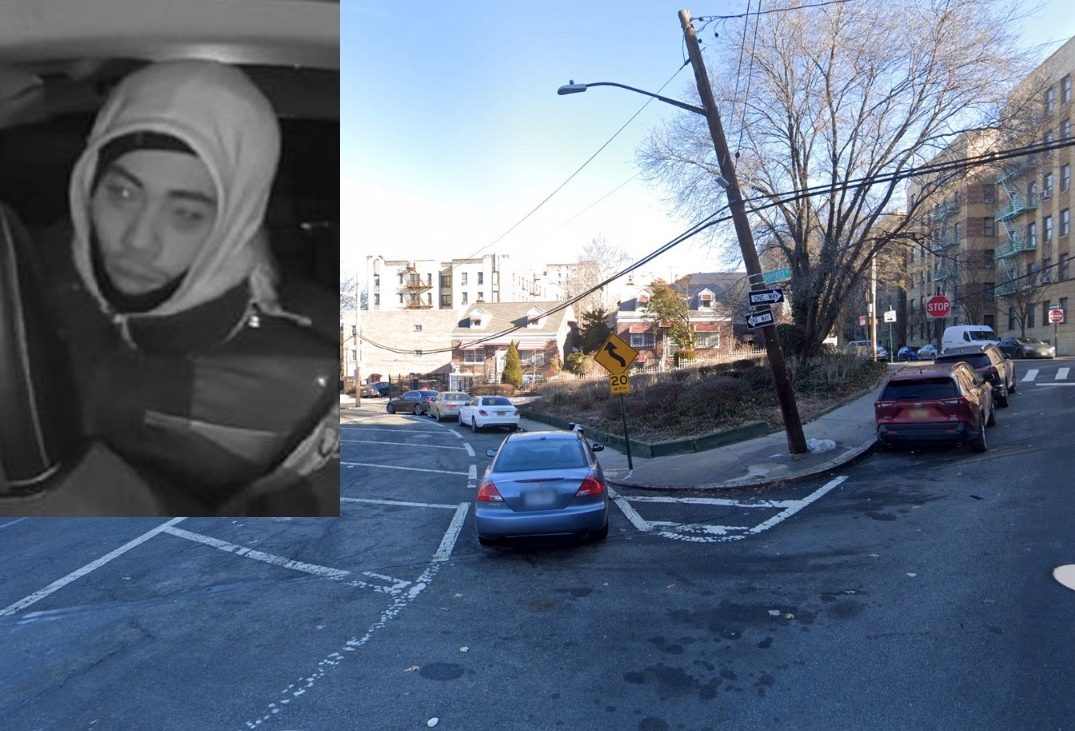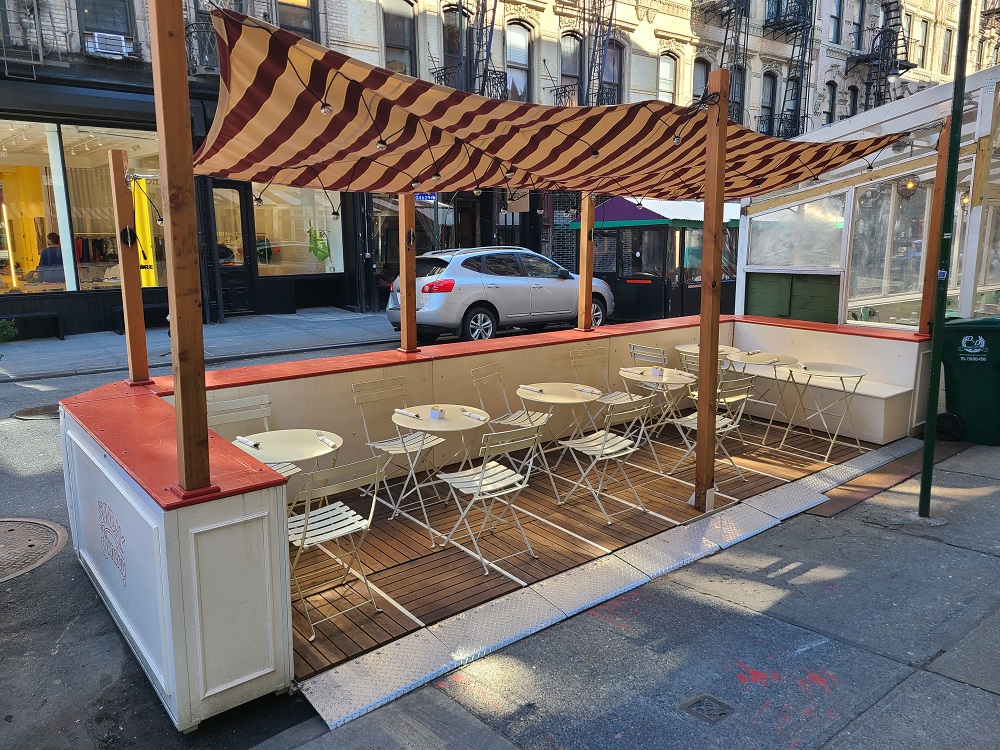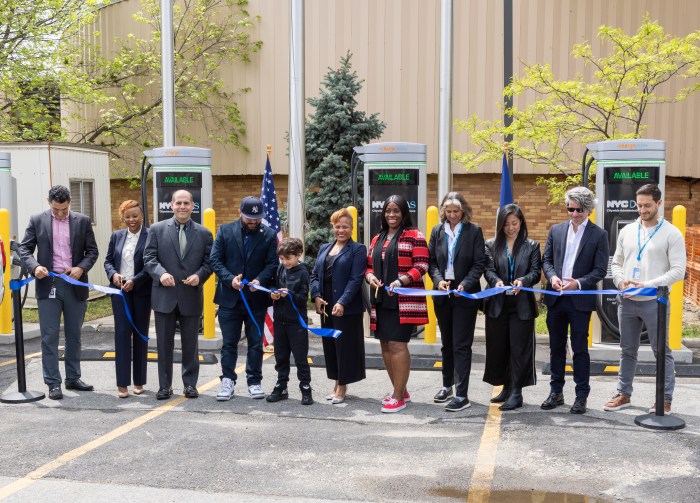When he was three years old, Bruce Blount of Throggs Neck was diagnosed with Sickle Cell Disease. When he was 18, Blount joined Montefiore Medical Center’s innovative Sickle Cell clinic.
Approximately one in 400 African-American children is born with Sickle Cell, an inherited blood disorder. Blount, 48, was supposed die at 21. Instead, he earned a Master’s degree.
“I’m living proof that the clinic works,” Blount said.
On January 9, Montefiore’s adult Sickle Cell day and night clinic abruptly shut its doors. The clinic served 1,000 patients. Blount is devastated.
“It happened all of a sudden,” he said. “We could have raised money…there wasn’t time.”
Dr. Lennette Benjamin, a hematologist, founded the clinic in the early 1980s, Blount said.
“Montefiore’s clinic developed an effective way to care for patients,” said Donnette Carroll, an advocate for New Yorkers with Sickle Cell. “A way to minimize the excruciating pain.”
According to Carroll, Boston University, John Hopkins University and Tulane University support Sickle Cell clinics modeled after Montefiore’s.
People with Sickle Cell possess abnormal hemoglobin that causes their red blood cells take on a curved shape. The cells halt blood flow and trigger painful “crises.” There is no cure.
Montefiore’s Sickle Cell clinic operated by way of a National Institutes of Health grant – just $1 million per year. In December, Montefiore executives informed Benjamin they’d be closing the clinic due to lost funding. Letters from Montefiore dated December 30 alerted a percentage of the clinic’s patients.
The clinic consisted of six beds and four doctors, all Sickle Cell Specialists. It was open Monday to Thursday, 9 a.m. to 5 p.m. and 8 p.m. to 12 a.m., and Friday 9 a.m. to 5 p.m.
Montefiore now runs a two-bed Sickle Cell office on Tuesdays and Thursdays. Patients in crises are expected to visit one of the medical center’s emergency rooms.
Iris Cotto, 32, began at Montefiore seven years ago. The clinic has allowed her to spend more time at work and with her family.
According to Cotto, emergency room staffers underestimate how painful the disease can be. In December, Blount waited 20 hours for a hospital bed.
“If I go to the ER and ask for 250 milligrams of Demerol, the doctor will tell me I’m crazy,” said Blount. “But pain management is key. That’s how much Demerol I need.”
Candice Deler, 33, of Paul Avenue, experiences approximately one severe crisis each week. When Montefiore’s clinic was open, Deler would show up for intravenous fluids and pain relief.
The next nearest adult Sickle Cell clinic is in Kings County. When Deler experiences a severe crisis, she flails and screams.
“I can’t make it to Brooklyn,” she said. “It’s too far.”
Because it disproportionately affected African-Americans, some people consider Sickle Cell a “black disease.”
“Montefiore just built executive offices next to the clinic,” Blount said. “Cherry wood, leather furniture. There’s racism involved. Why else close something so beneficial?”
On January 20, Community Board 7 voted to support Montefiore’s Sickle Cell patients.
“These changes were made necessary due to a drastic cutback in NIH funding for Sickle Cell programs across the country,” said Montefiore spokesman Michael Quane. “In these difficult financial times, Montefiore maintains its strong commitment to continue its Sickle Cell services.”





















